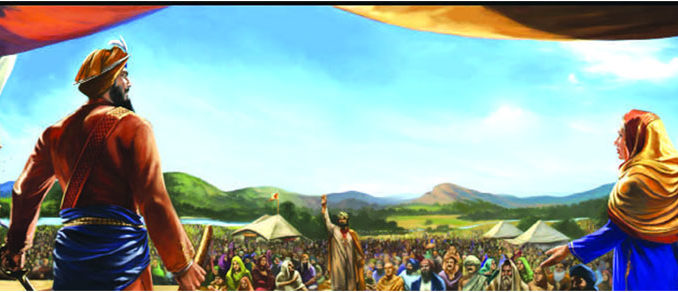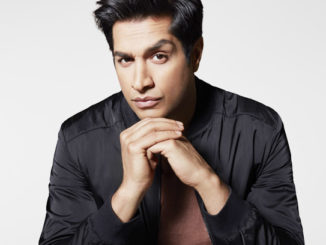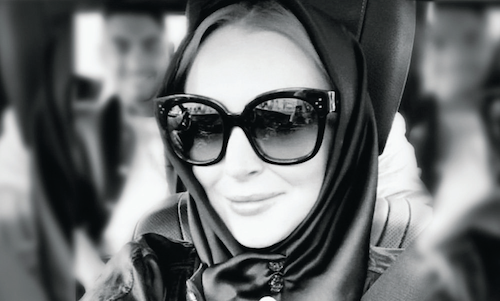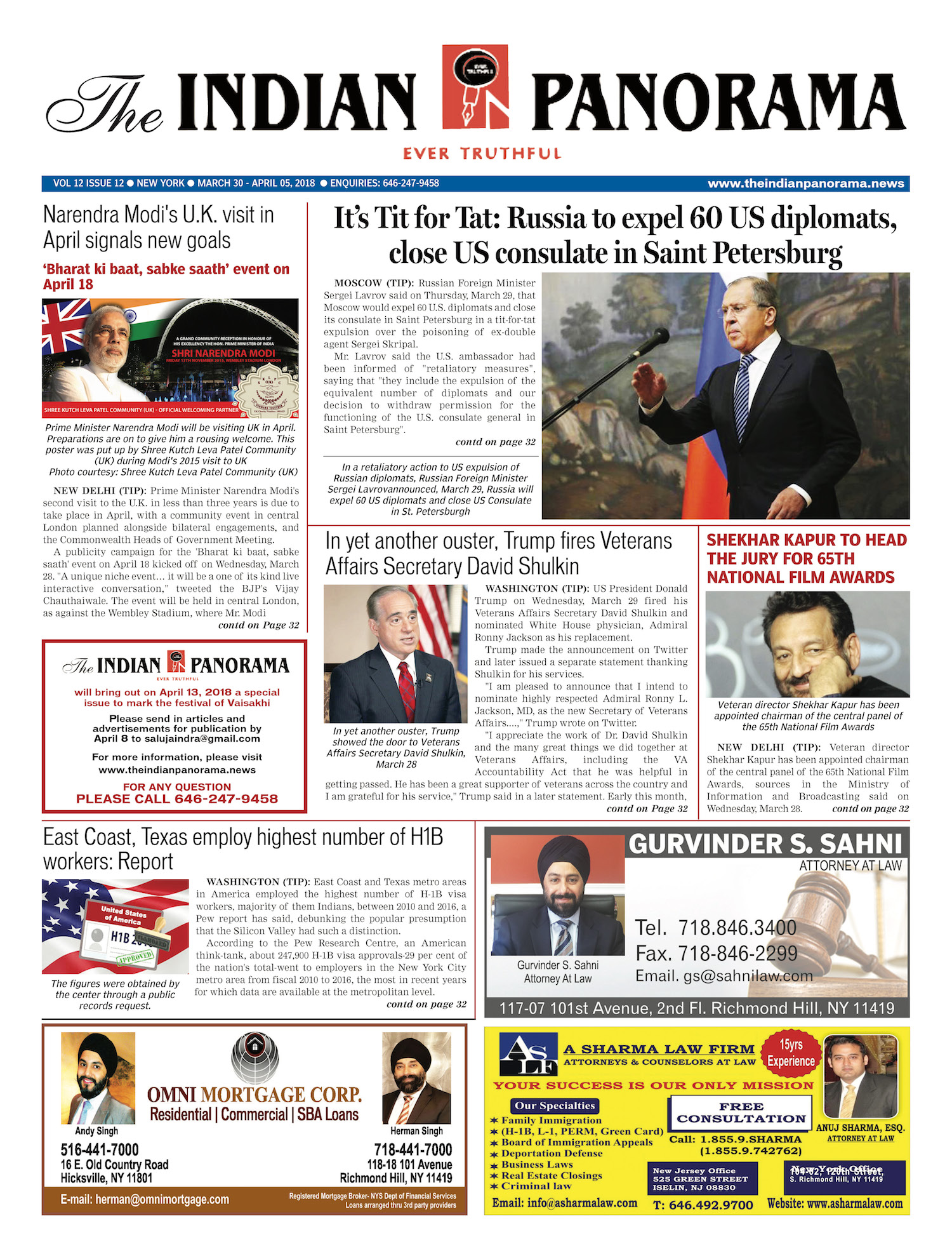
Khalsa, (Punjabi: “the Pure”) the purified and reconstituted Sikh community instituted by Guru Gobind Singh on March 30, 1699 (Vaisakhi Day; Khalsa Sikhs celebrate the birth of the order on April 13 of each year). His declaration had three dimensions: it redefined the concept of authority within the Sikh community; it introduced a new initiation ceremony and code of conduct; and it provided the community with a new religious and political vision. Khalsa is used to denote both the body of initiated Sikhs and the community of all Sikhs.
The early Sikh community had been shaped by three levels of authority: the masands (“Guru’s deputies”) were responsible for local congregations; the Guru was the active central authority; and the revealed word as recorded in Sikh scriptural text served as the symbolic base. With the establishment of the Khalsa, the authority of the masands was eliminated. They were expected either to become members of the community on a par with all others or to leave the fold.
Gobind Singh also introduced a new initation rite. More commonly called amrit pahul (“the nectar ceremony”) but also known as khande ki pahul (literally, “ceremony of the double-edged sword”), it was centred on a belief in the transformative power of the revealed word. The word was recited while water for initiation was stirred with a double-edged sword. Every Sikh who underwent the ceremony became a member of the Khalsa, was assigned the name Singh (“Lion”), and was expected to observe a rigorous code of conduct (rahit) symbolized by the wearing of five items: kes (long hair), kangha (a comb), kachha (a pair of shorts), karha (a steel bracelet), and kirpan (a sword). The names of these items begin with the Punjabi letter k and thus came to be known as the five Ks. The Singhs were also expected to forswear tobacco, alcohol, and certain types of meat.
In its third aspect the Khalsa embodied a concrete political agenda: the pledge to realize the rule of the Sikh community (Khalsa Raj, “kingdom of God”) in Punjab. These three interlocking dimensions have made the institution of the Khalsa perhaps the most powerful force in shaping Sikh identity during the past three centuries.
Initially a male institution, it is now open to women (who take the name Kaur (Princess) as well.
On Vaisakhi day in 1699, Sikhs from far and near had gathered together at Anandpur Sahib to celebrate the New Year. However, the gathering was a bit different that day. This year Guru Gobind Rai had sent a message that every Sikh who could afford to come, must come to the annual fair. They should come to Anandpur with their hair and beard uncut; and that they should wear turbans instead of caps or scarves.
By noon, well over twenty thousand Sikhs (eighty thousand by one estimate) had assembled in the fair ground at Anandpur to participate int he festivals of the Baisakhi Day. Everybody was excited and looked forward to meeting the Guru as if tis unusual ‘message’ was especially sent for him. Also, there was a large and richly festooned tent pitched on a hillock overlooking the extensive fair grounds.
It was afternoon. Word went round that the Guru was in the marquee and he would be coming out soon to meet his Sikhs. All eyes were turned towards the tent and everyone was waiting patiently for Guru’s Darshan (appearance) and to receive his blessings. But it took a little longer than expected.
At last their patience was rewarded. Guru Gobind came out of the tend clad in a strangely coloured uniform. It was saffron coloured from top to toe with a blue waist band. There was a long sword hanging from his left side. He walked briskly and came to a specially erected platfrom near the tent. The skies were clear and bright; and the Guru seemed to be standing so near, although he was actually at some distance from the people in the back. He had a strange smile on his face. Suddenly he stopped staring at the crowd, he pulled his sword out and raised it high with his right hand. There were a million voices and then a sudden hush.
Now, like a thunder, the Guru spoke, “My dear Sikhs, I am glad to see so many of you here today. Today I have planned to offer you something special. but for this I need your help. Indeed, I need your head. I need the head of a Sikh who claims his faith in me.”
There was a deadly silence all around. Everybody was too stunned to walk away or even whisper. Then the Guru flashed his sword again, raised his voice and repeated, “My Sikhs, I want a head and nothing less than a head. If anyone among you claims to be a true Sikh, then come forward and prove it.” He looked so fierce and blood thirsty.
Before he had finished his last sentence, a tall lean Sikh was already moving forward towards the Guru on the platform. His name waas Daya Ram and he was from Lahore. Reaching the Guru, he folded his hands, bent his head forward and said, “O, Lord, the true Guru, I claim to be your humble Sikh. My head is ready for you. Please take it.”
Hurriedly, the Guru held him by the arm and led him into the tent. Soon after the crowd inside heard the sound of a sword striking a body. They then heard a voice, Waheguru and then a loud thud. Then they saw the Guru coming out of the tent, looking even more fierce. Fresh blood dripped down his sword. The crowd was truly horrified. Nobody needed to be told what had happened inside the tent.
Once again the Guru stood on the platform. Once again he raised his sword and addressed the crowd, “Well, my Sikhs! I want a second Sikh who would willingly offer his head to me.” This new demand made the people even more scared. But they dare not ask or challenge the Guru for his seemingly wrongful act. However, as he was repeating his strange call, another Sikh began to move forward. His name was Dharam Das, and he was from Delhi.
Dharam Das stood before the Guru and said in a humble voice, “O, my true king, I offer my head to you, please take it, it is yours.” Now the Guru seemed pleased as he quickly took him inside the tent. This time again, the crowd heard a voice saying Waheguru and then a loud thud.Everyone gasped. They were sure that Dharam Das, too, had been put to death.
Again the Guru emerged from the tent with a sword drenched in blood. He looked as fierce as before. With a terrifying look in his eyes he agains shouted to the crowd, “Come, come my Sikhs, who comes next. I still want some more. Now I want a third head. I want a Sikh who has faith in me.”
The people were terrified. They thought perhaps the Guru had gone mad. He was asking too much. Now they were no longer spell bound by the events which had taken place just before. They could think. They began to move; they whispered with each other. They began to slip away from the crowd. Some just fled for their lives. In the meantime another Sikh named Mohkam Chand had reached the Guru on the platform. He was from Dwarka. With folded hands he requested the Guru to accept his head. The Guru did not wait or waste a minute, and did the same as he had done with the other two.
For the fourth time, the Guru stood before the crowd and repeated his demand for yet another head. Now the crowd was even more restless. Some people were slinking away but most stood their ground. They all were really scared, and it did not take long before they saw yet another Sikh on the platform offering his head to the Guru. His name was Sahib Chand and he was from Bihar. The Guru dealt with him in the same way as with the other three before him.
The crowd was getting thinner every moment. By the time the Guru came back and asked for a fifth head, only the very faithful had stayed behind. But there seemed to be no shortage of volunteers. Soon, another Sikh named Himmat Rai moved forward. He was, at once, led to the tent, but this time the Guru did not return quickly. The people outside began to wonder. Their horror began to change into hope. At least the Guru had stopped asking for more heads. They waited nervously and prayed ‘Waheguru’.
Then the Guru appeared. He was followed by five other men. They, too, were dressed in saffron colour, with blue scarved tied round their waists and turbans. They looked very much like the Guru himself. All stood on the platform facing the crowd. Their faces beamed with joy and satisfaction.
As soon as the people near them recognised that they were the same Sikhs who they thought had been killed by the Guru, they immediately started cheering them and saluted them with loud shouts of ‘Sat Siri Akal!’ Soon everybody joined in, and the whole atmosphere was vibrant with the deafening sounds Sat Siri Akal. Many people who had left the fair ground in fear and disappointment heard these cheers and rushed back to see what was happening. They could not believe their eyes. Everything had happened so fast. They could not understand. ‘Had the dead been brought back to life?’
When the cheering crowd had stopped, the Guru spoke to the crowd, “My dear Sikhs; we all remember that when Guru Nanak gave a test to his Sikhs only one passed it. His name was Lehna, who then became Guru Angad. Now two hundred years after the first test, I have given you another final test. However this test was not for Guruship, but for the ‘nationhood’. I call it the Khalsa, the brotherhood of the pure at heart. You have witnessed the birth of the Khalsa. These Sikhs standing beside me are my Panj Piaray (five beloved ones). Each of them is a saint and a soldier in one. These five Sikhs are dedicated and daring enough to lead; and strong enough to support the edifice of the Khalsa.”





Be the first to comment